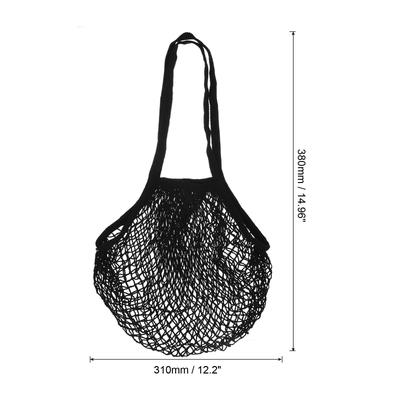Hey Diva dressing fans! When the items we love coincide with brands we work with, Diva dressing will use Paid Links in our articles. If you decide to click on these links and purchase the product, we get a small commission. Our Opinions Are Our Own, but we do add Paid Links as a way to offer these products at no added cost to our readers. Want to know more? Click Here to check out our Terms of Use anytime!
As technology continues to advance, the food delivery industry is undergoing a significant transformation. The rise of robots and drones for food delivery represents an exciting frontier that promises to enhance efficiency, reduce costs, and improve customer experience.
Technology Advancements Driving Innovation
Recent advancements in robotics and drone technology have made it feasible to deploy these innovations for food delivery. Enhanced navigation systems, machine learning, and AI enable robots and drones to efficiently navigate urban environments, avoid obstacles, and even interact with customers. Companies are leveraging these technologies to streamline the delivery process and meet growing consumer demand for convenience.
Increased Demand for Contactless Delivery
The COVID-19 pandemic accelerated the demand for contactless services, pushing many restaurants and delivery services to adopt safer delivery methods. Robots and drones offer a solution by minimizing human interaction. Consumers appreciate the added safety and convenience, leading to a more favorable perception of these delivery methods.
Enhanced Efficiency and Speed
Robots and drones can operate independently, delivering food faster than traditional delivery methods. Drones, in particular, can bypass traffic and navigate directly to delivery points, reducing wait times for customers. Similarly, delivery robots can efficiently navigate sidewalks and public spaces, improving overall delivery speed and efficiency.
Cost-Effectiveness for Businesses
Using robots and drones can significantly reduce labor costs associated with food delivery. By automating the delivery process, businesses can allocate resources more effectively and potentially lower delivery fees for customers. This cost efficiency can make it easier for restaurants to compete in an increasingly crowded market.
Environmental Benefits
Robots and drones often use electric power, reducing the carbon footprint associated with traditional delivery vehicles. Many companies are focusing on sustainability, using electric-powered delivery methods to minimize environmental impact. This shift not only appeals to eco-conscious consumers but also aligns with broader trends toward sustainable business practices.
Challenges to Overcome
While the potential for robots and drones in food delivery is significant, several challenges remain:
- Regulatory Hurdles: The use of drones for delivery is subject to strict regulations, which vary by region. Navigating these legal frameworks can be complex and may slow down implementation.
- Technical Limitations: Ensuring reliable navigation in diverse environments can be challenging. Weather conditions, obstacles, and urban infrastructure can impact the efficiency of drone and robot deliveries.
- Public Acceptance: Gaining consumer trust in robotic and drone delivery is essential. Some individuals may have concerns about safety, privacy, or the reliability of these technologies.
Current Examples in the Market
Several companies are already exploring the use of robots and drones for food delivery:
- Starship Technologies: This company deploys small delivery robots that navigate sidewalks and deliver food within neighborhoods. These robots have been successfully used by various universities and urban areas.
- DoorDash and Drone Delivery: DoorDash has partnered with drone companies to test drone delivery in select markets, focusing on enhancing delivery speed for customers.
- Uber Eats: The platform is experimenting with robotic delivery in urban environments, leveraging autonomous vehicles to streamline the delivery process.
Future of Food Delivery
As technology continues to advance, the future of food delivery is likely to see broader adoption of robots and drones. Companies will refine their systems, improving efficiency and reliability. Innovations in AI and machine learning will further enhance navigation and customer interaction, making the delivery experience smoother.
In addition, the integration of delivery robots and drones into urban planning could lead to designated lanes or zones for these technologies, facilitating smoother operations. As consumer preferences shift toward convenience and speed, businesses will increasingly explore these options to stay competitive.
Here are some products you can try
Insulated Grocery Bag Food Delivery Tote Food Container $11.62

4 Pcs Reusable Mesh Produce Bags Shopping Grocery Bags $11.99


Hanging Mesh Grocery Bag Holder Dispenser $15.38



